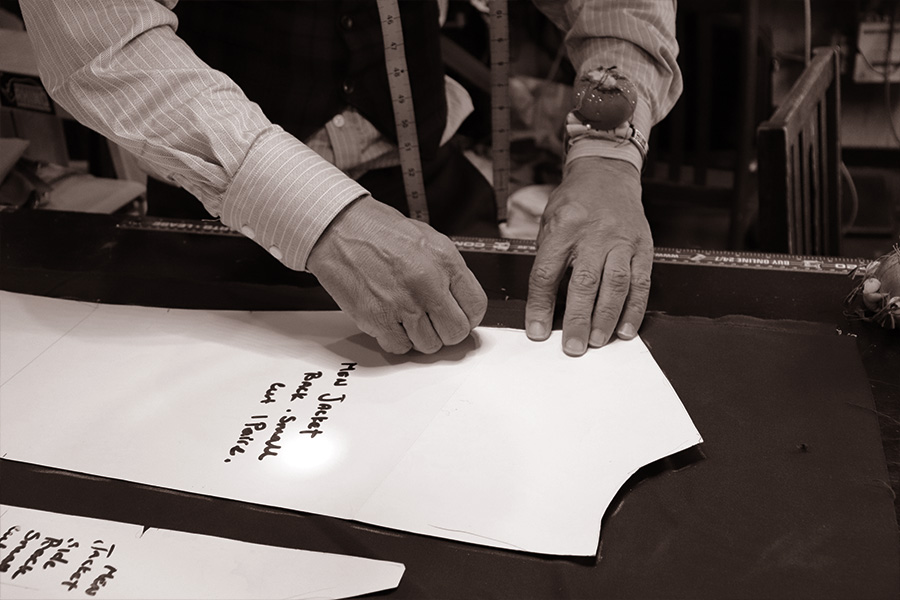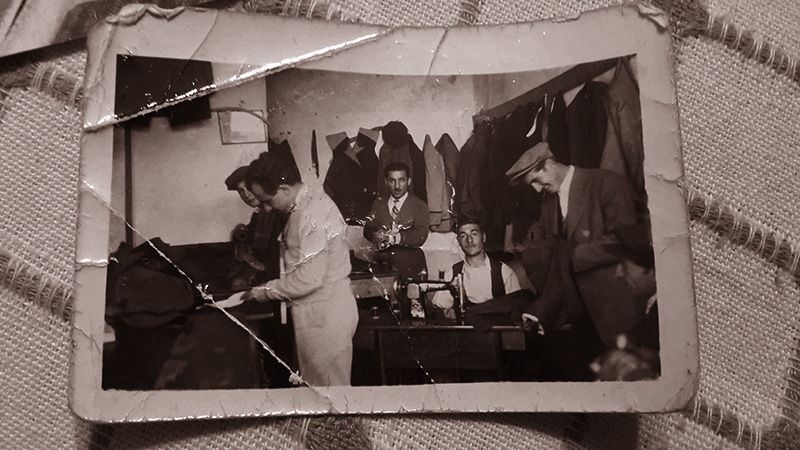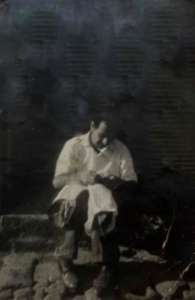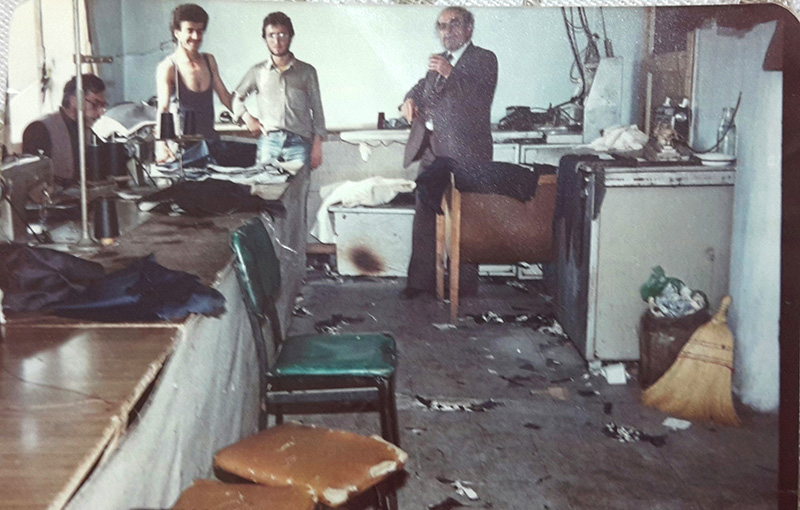A craft handed down from father to son
Heritage
Ferudun came from traditional tailors
He was fortunate enough to be raised by his father who was a traditional tailor. His father ‘Avar’ had a big vision personality and a very hard condition of life while growing up. He was Ferudun’s teacher and inspiration – he started and Ferudun continued on with his knowledge of tailoring, from history to current day combinations.
Ferudun’s mother was a dressmaker, she married with a vision of having a tailoring shop in Istanbul. They were both from an area of East and southeast precedence of Turkey where Kurdish Arab Armenian combination was historically antique.
During their time in Istanbul, there was an opportunity for modern life but Ferudun’s mother ended up living in a situation of having five boys, two years apart, not to mention five lost.
Ferudun was the third oldest child, between the years 1962 to 1970, while he was 10 years old he grew up in a tailor shop environment. They had people working for them, apprentice and workers would always come to help around their home as well as work. Those people who worked for the Avars mostly ended up working in Europe, Paris & London.
Ferudun came into tailoring when he was 16 years old. Working, studying the business of commerce, and learning music at the same time. Life was different in Istanbul it was faster. Ferudun’s dear father who had become bankrupt moved to Istanbul. Ferudun with his three brothers and his father had hard times redeveloping the tailoring business back on track again.
After 1990 Ferudun arrived in Brisbane, Australia. He learned a whole new language and market. He drove a cab to feel the place and people and to learn how to get around the city he lives in. To this day Ferudun really likes living in Brisbane.
After opening and closing a business, living in Turkey for a while to look after and spend time with his mother and father on and off, he now sits around sharing his family tailoring story.
Also, Ferudun says his father is a good example of a good and bad life cycle. His father was an orphaned child coming from high-class family who were wine sellers to France. He feels he might be following the same family bloodline. He feels like they have left him golden braces and a ring…as time goes by he understands his life more deeply.
The history of tailoring
History
Traditional tailors have a rich history dating back to the early Middle Ages. They had great influence over the fashion of the day. They created styles with clothing such as doublets, linen armour, loose tunics, hose, breeches, capes, cloaks and more.
The 19th-century tailor added fancy waistcoats, trousers, and sporting clothing of much variety to his repertoire. Tailors became particularly adept at working woollen fabrics, shaping and sculpting using steams and heavy irons. Wool had long been a staple of menswear, as Britain saw it with the connotations of masculinity, sobriety, and patriotism. The 19th century saw wool become extremely fashionable, almost completely replacing the silks and velvets used previously. At the same time, men started wearing trousers instead of breeches and, by the 1820s, tightly cut trousers or pantaloons could be worn for evening wear.
Since the turn of the 18th century, the West End of London has held the centre of elite and traditional tailoring in Bond Street, Savile Row, and St James’ Street. But tailoring as a whole was positioned all over the East End as well. From tailors with royal warrants to immigrants working in those warehouses, it clearly spanned the whole class spectrum.
Of the most important shifts in Savile Row tailoring, was the transition from the staunchly British and traditional client base to the international clientele, including American financiers and eventually Hollywood celebrities. Though Savile Row rose to prominence in the 18th century, it dressed the likes of Fred Astaire, Cary Grant, and Roger Moore in the 20th.
Other stars and American citizens preferred the tailoring of home. The exaggerated shapes and bright colours of the zoot suit, launched in the mid-1930s by stylish young black men, for example. 1942 brought wool rationing and the War Production board tried to curtail this “antipatriotic” tailoring, but they only succeeded in causing race riots.
Back in Britain, the end of World War II brought a brief revival of elegant Edwardian tailoring. A subculture calling themselves “Teddy Boys” spent large sums of money to wear this refreshed style. In the 1960s, London saw the centre of fashion move towards Carnaby Street and the King’s Road. Italian tailoring showed its true colours by the 1980s, with their “unstructured” suits. Designers such as Giorgio Armani catered to a desire for more informal and lightweight garments for men and women. Then, the turn of the millennium clinched their standing in international fashion when Brioni, an Italian tailoring firm, dressed the British movie icon James Bond, played by actor Pierce Brosnan.
Tailoring as a profession and art form has a very rich and long history all over the world. Older eras saw them as necessary for covering one’s body and protecting oneself. Newer eras sometimes see them as a luxury for the rich or well-off.
Though in modern times, they are less used with the advent of large clothing department stores, this interesting and culturally treasured skill is still highly sought after. Modern times see people of all shapes and sizes, some unable to find their well-fitted suits in department stores, seeking clothes to fit them rather than fitting themselves to clothes.
After all, tailor-made is still a phrase of such praise and pride.





